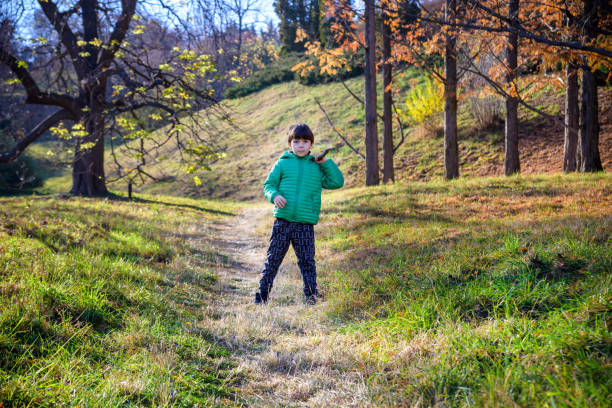On the surface, childhood can seem carefree and idyllic. But even from a young age, kids grapple with powerful emotions such as anxiety, sadness, anger and fear. Maybe they’re being bullied, going through a traumatic experience, or dealing with issues at home. Or perhaps they are one of the many children who battle anxiety disorders, depression, or other mental health challenges.
Whatever the underlying cause, these emotional undercurrents can wreak havoc if left unaddressed. Poor grades, social isolation, disruptive behavior, and self-harm are all potential fallouts when kids lack healthy coping mechanisms to process intense feelings. The stakes are high, as emotional turmoil in youth frequently leads to bigger issues like substance abuse, job troubles and relationship woes later in life.
The Time for Change
The good news is that an increasing number of families, schools and communities recognize the vital importance of proactively supporting child emotional health from an early age. Implementing comprehensive, proactive systems to nurture emotional resilience means a transformative shift is happening. Kids learn invaluable lifelong skills while delivering long-lasting benefits for our whole society.
Building the Foundation at Home
For parents and caregivers, you play the pivotal role in creating an emotional anchor for your children:
- A Secure, Loving Environment – Stability, consistency and clearly expressed unconditional love. These provide kids with the safety to open up about feelings.
- Open Communication – Have frequent, non-judgmental conversations about emotions. Be an empathetic listener.
- Healthy Modeling – Children are sponges who learn by watching you. Model positive self-talk, exercising, journaling and other strategies for working through stress and anxiety.
- The Right Support – For bigger issues like panic attacks, seek professional child therapists and counselors like those at Aspire Psychological. Specialized care like panic attack therapy equips kids with personalized coping tools.
Don’t go it alone. Build your own support networks of other families, friends, and community resources to avoid burnout.
Emotional Literacy in Schools
Teachers and school staff are another critical line of defense, as they witness students’ emotional states daily. All school personnel should receive training on:
- Recognizing signs of emotional distress.
- Protocols for counseling referrals and involving parents.
- Classroom strategies like quiet spaces, mindfulness exercises and regular check-ins.
- Enforcing zero-tolerance bullying/harassment policies.
Schools should prioritize hiring counselors, creating peer mental health clubs, and weaving emotional intelligence into curriculums. The goal is normalizing these conversations and making emotional support highly accessible.
A Caring Community
Collaboration is key between families, schools, mental health providers and community organizations. Consistency in messaging, goals and intervention plans allows a cohesive safety net to surround every child.
Things like group counseling initiatives, mentorship programs, mental health awareness campaigns and other local resources prevent kids from slipping through the cracks. These collective efforts facilitate open dialogues while erasing any stigma around emotional struggles.
Conclusion: The Ripple Effect
Prioritizing child emotional resilience today means we fortify the foundations for generations of thriving adults. Kids learn crucial coping tools for life’s inevitable stressors. They develop empathy, self-awareness and regulation abilities that propel success in all areas.
The personal benefits are immense and include decreased risks of substance abuse, relationship turmoil, career derailment and other fallouts from unresolved childhood issues. But the societal effects are just as profound. More emotionally intelligent, mentally stronger adults create more compassionate communities overall.
It starts by getting upstream of the problems. Rather than waiting for a crisis, equipping youth with emotional stamina proactively prevents countless issues downstream. While a lofty goal, it is an achievable one if we all unite around this shared vision of nurturing the emotional well-being of our youngest generations.


